In 1775, the Spanish ship San Carlos, captained by naval officer and explorer Lieutenant Juan Manuel de Ayala, was the first ship to sail into San Francisco Bay, where it was met by members of the local Ohlone tribe in their reed kayaks.
There are two wonderful maritime museums in San Francisco that are under the radar. Both of them are on the Bay at Aquatic Park, at the foot of Polk and Hyde Streets (where the cable cars turn around), adjacent to Ghirardelli Square. It’s about a four block walk from Pier 39.
The larger one is in the venerable Cannery Building, built in 1907 (the year after the disastrous San Francisco earthquake of 1906), and is undoubtedly overlooked by most people because of inadequate signage (see below).
The building itself (now converted into the Argonaut Hotel — cool place to stay) is itself a wonder, with its signature star-motif metal washers that are part of its earthquake bracing. In its day, it was the largest fruit canning operation in the United States. (See the meticulous model below.)
Here are a few photos from this stunning exhibit — not only maritime history, but early San Francisco and gold rush days history.
Above and below, model of the Del Monte fruit canning operation in the Cannery Building (same building) in the 1930s, which was the largest fruit canning operation in the USA.
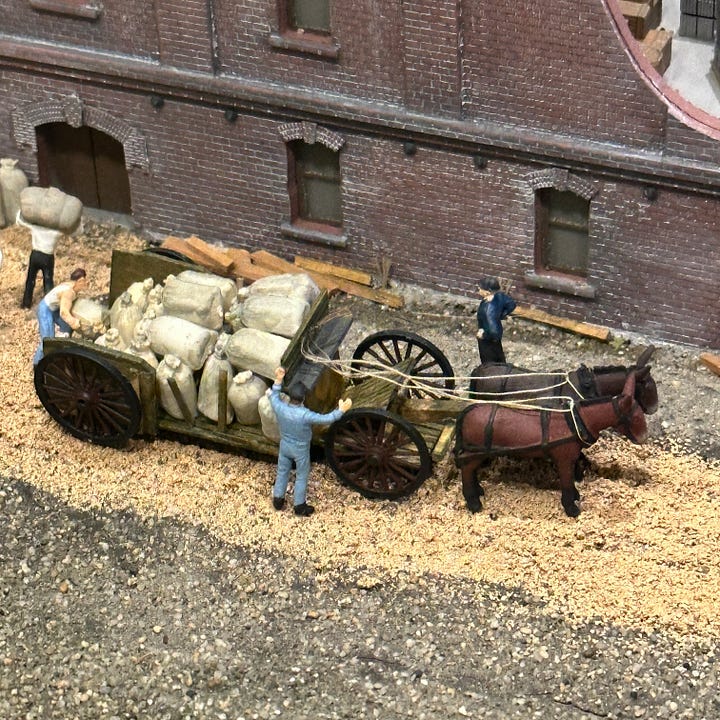
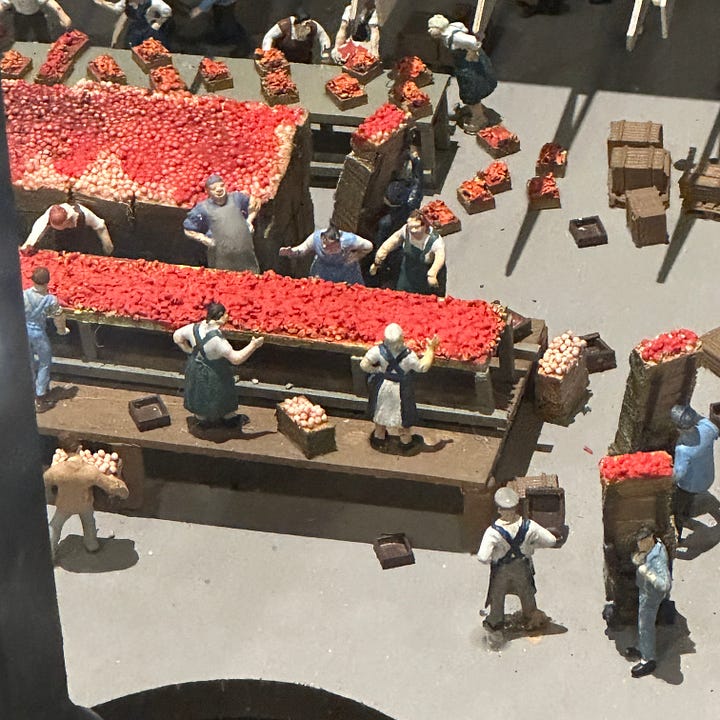
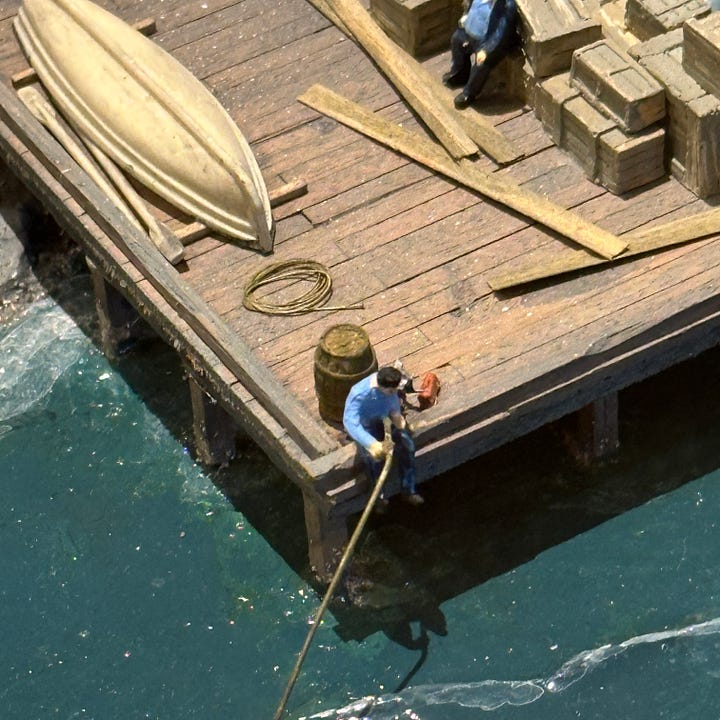
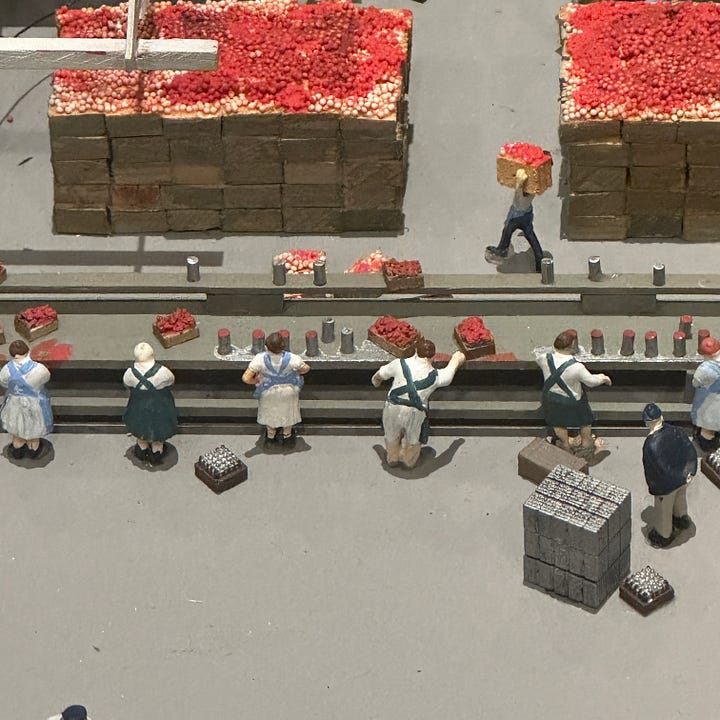
There is no indication of who built this elegant model. The little worker figures, about 1” tall, are meticulous.

Hand-operated air supply, 20 pound shoes, 75 pound weight belt, 150 feet down…wow!
The other maritime museum at Aquatic Park is a block away in this beautiful Art Deco building, which was built in 1936 (to resemble a ship) as a bathhouse for swimmers. Be sure to go in and see the actual home-built 19-foot sailboat built by Kenichi Horie, who was the first person to sail solo across the Pacific ocean (from Japan) in 1962. My brother, who was out in his fishing boat on the day Horie arrived, saw him come in under the Golden Gate Bridge, unanticipated and unannounced.
PS: when I was 18, I got a job working as a carpenter for a shipwright at the foot of Hyde Street. When ships came in and were loaded at the piers, we would go in and build wood frameworks to keep the cargo in place. When there were no ships loading, we built pallets on the pier.
Another neighborhood connection: around the turn-of-the-century, my grandfather had a bait and tackle shop at the foot of Polk Street. It was still there in the ‘50, then called Muni Bait.
Be sure to get an Irish Coffee at the Buena Vista cafe in the neighborhood. A ton of tourists, but the magic is still there.


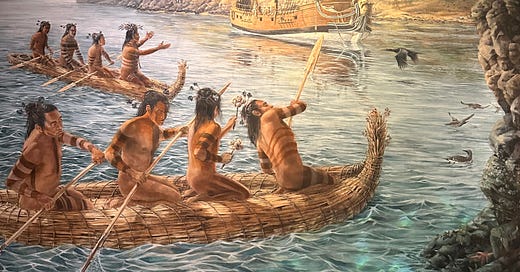




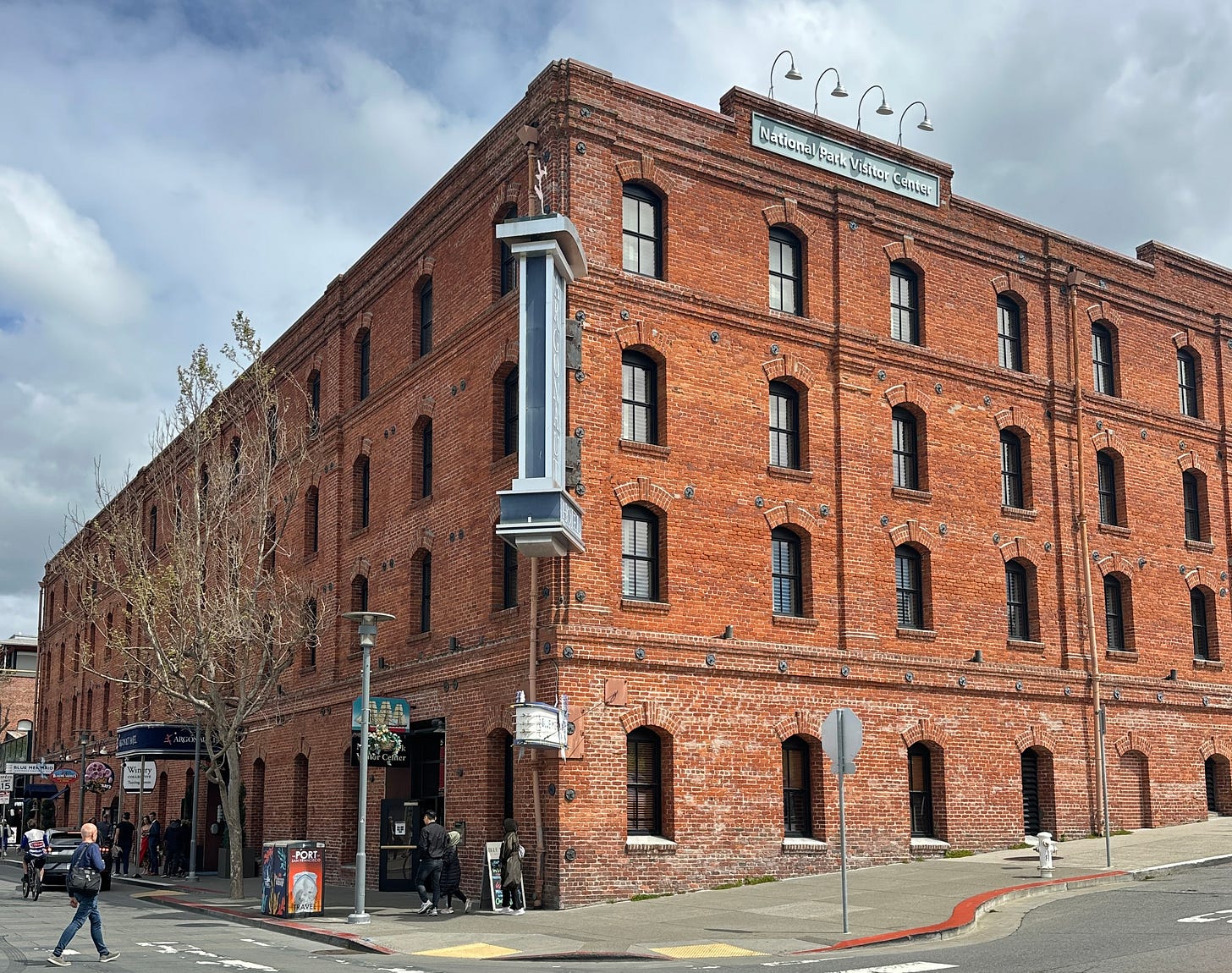
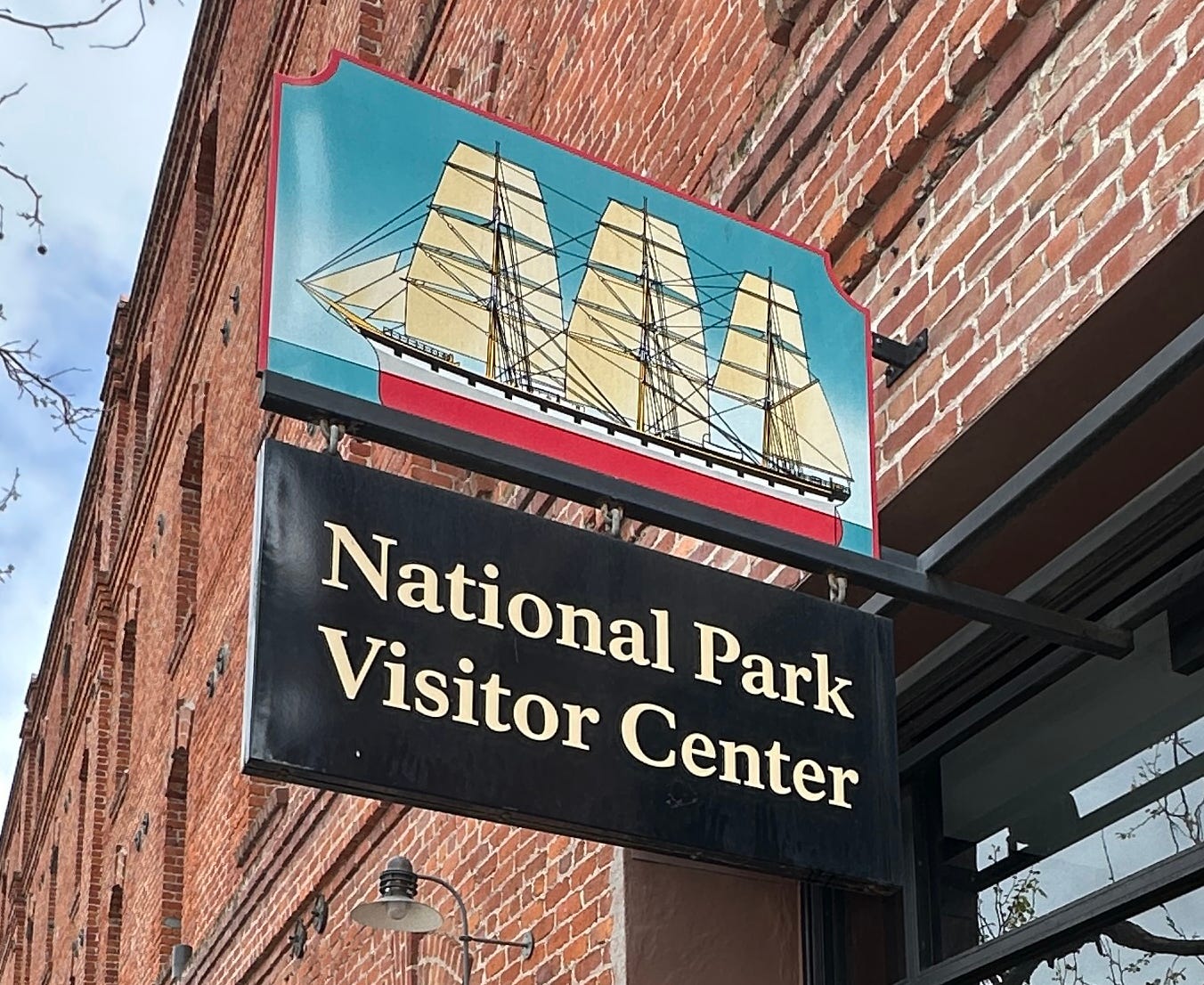


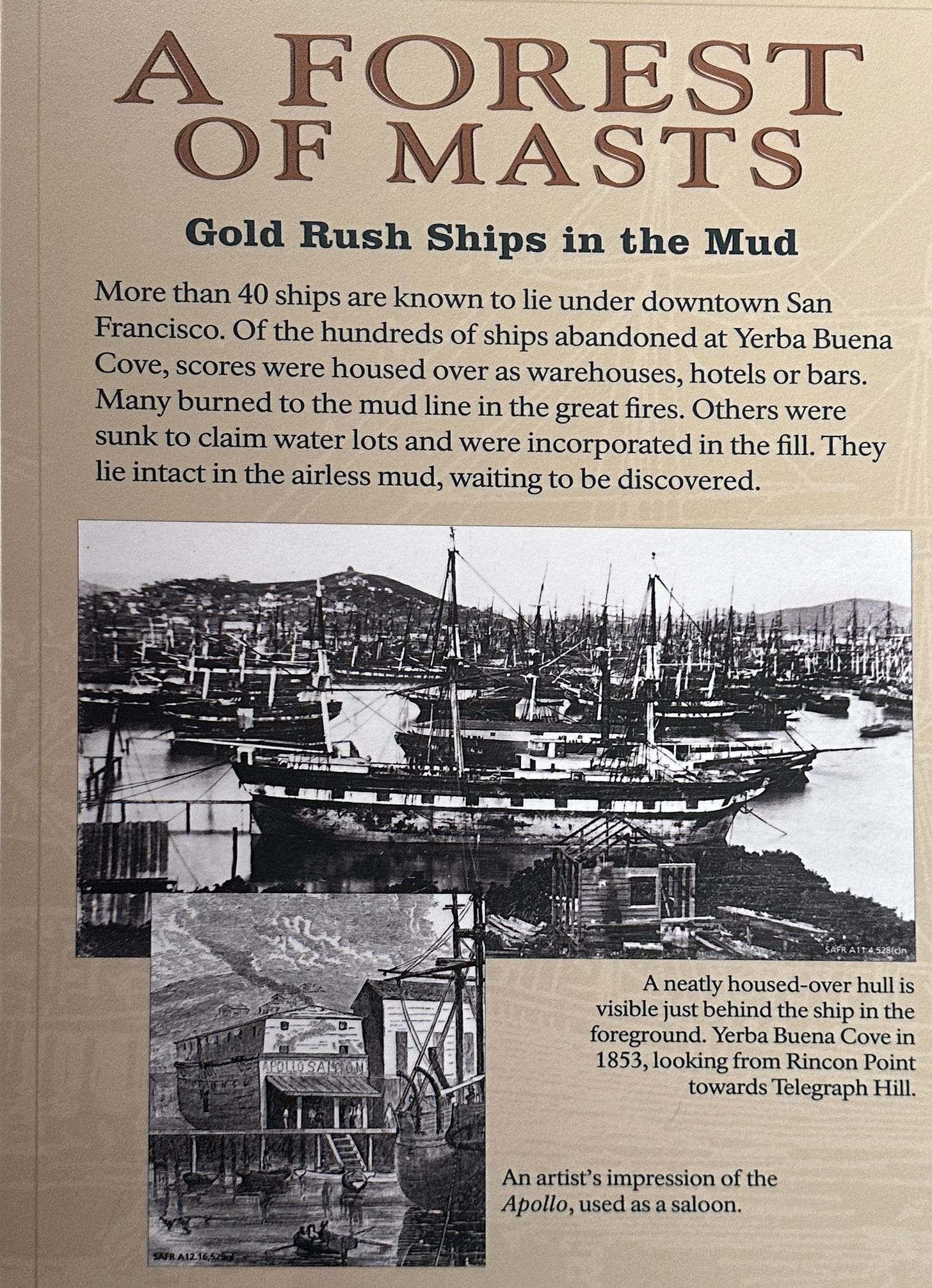
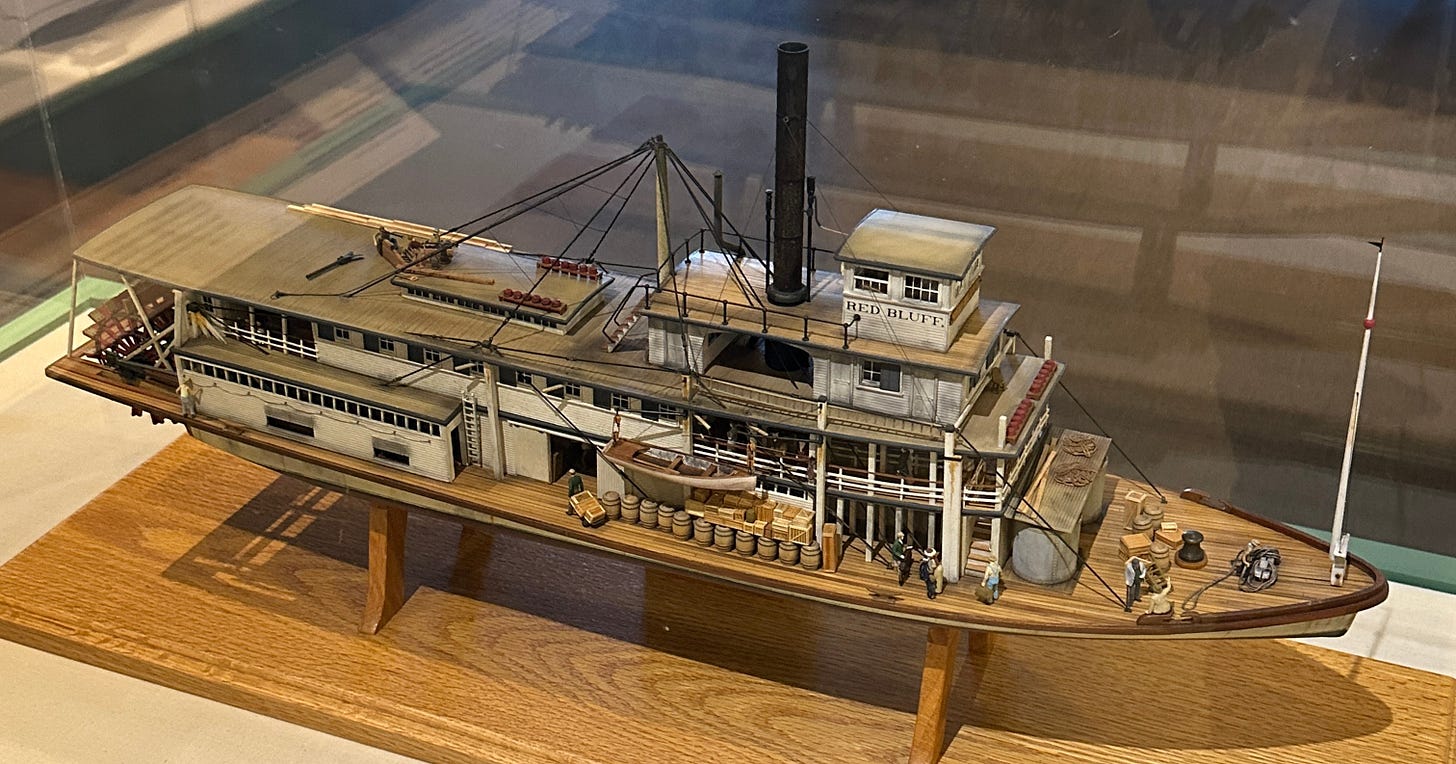
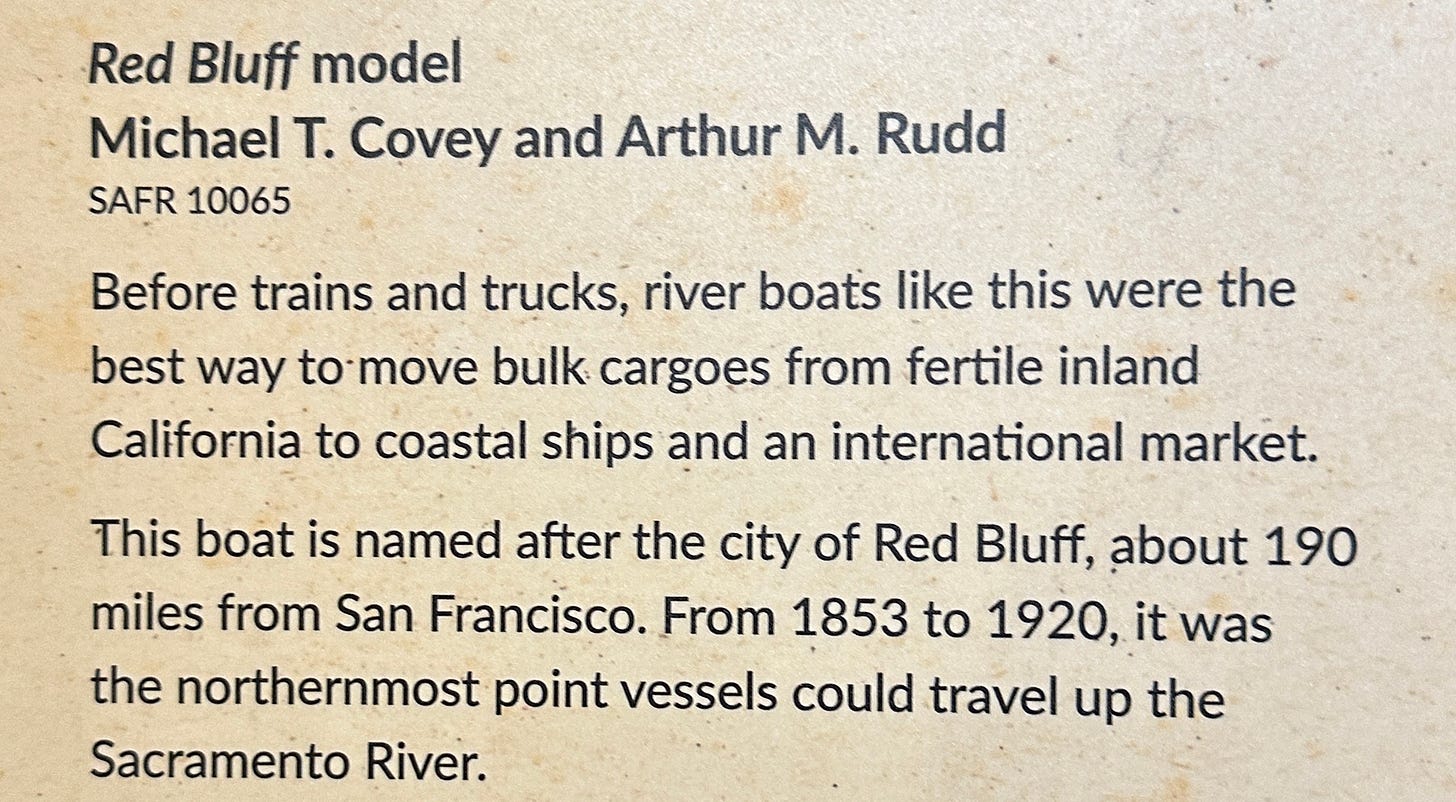
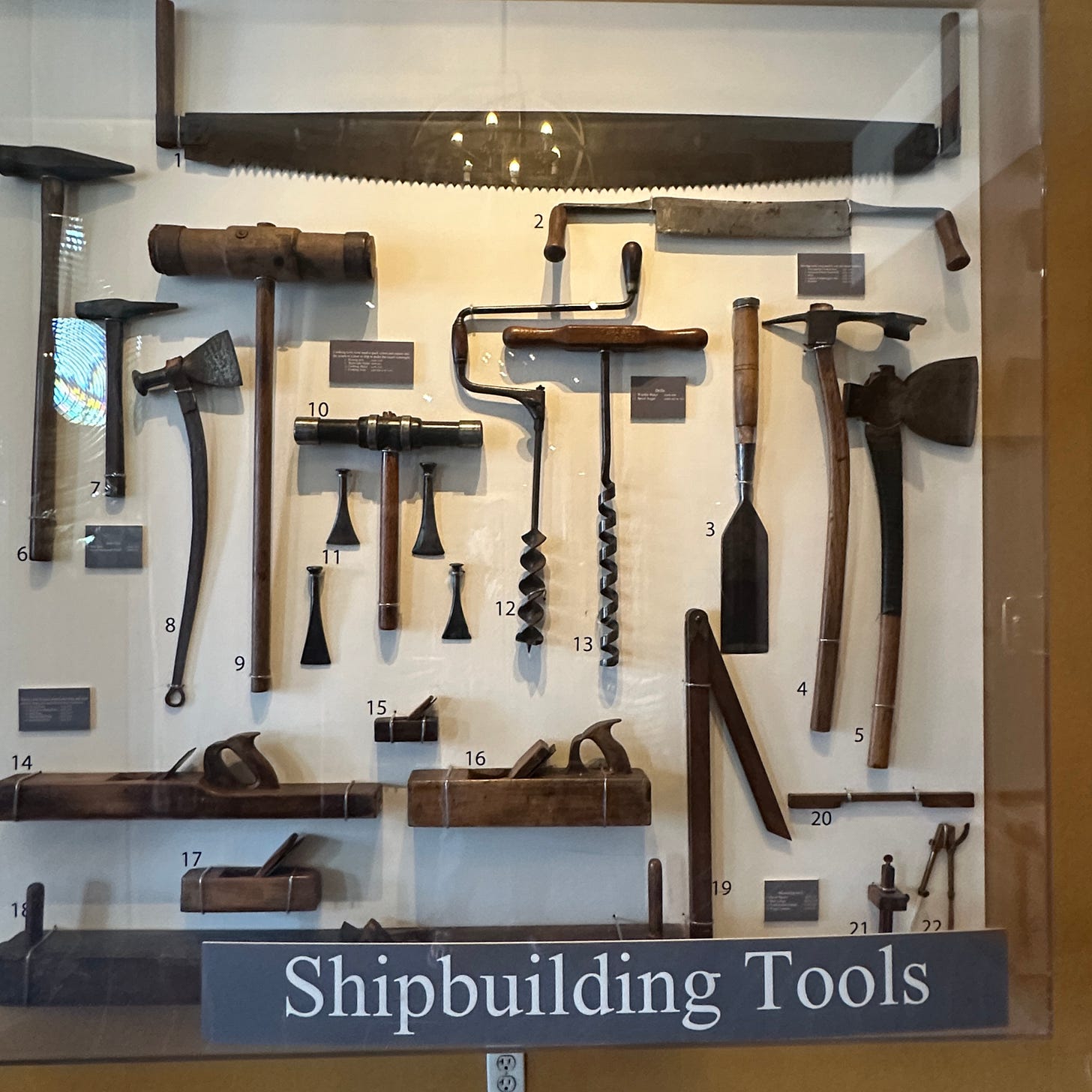

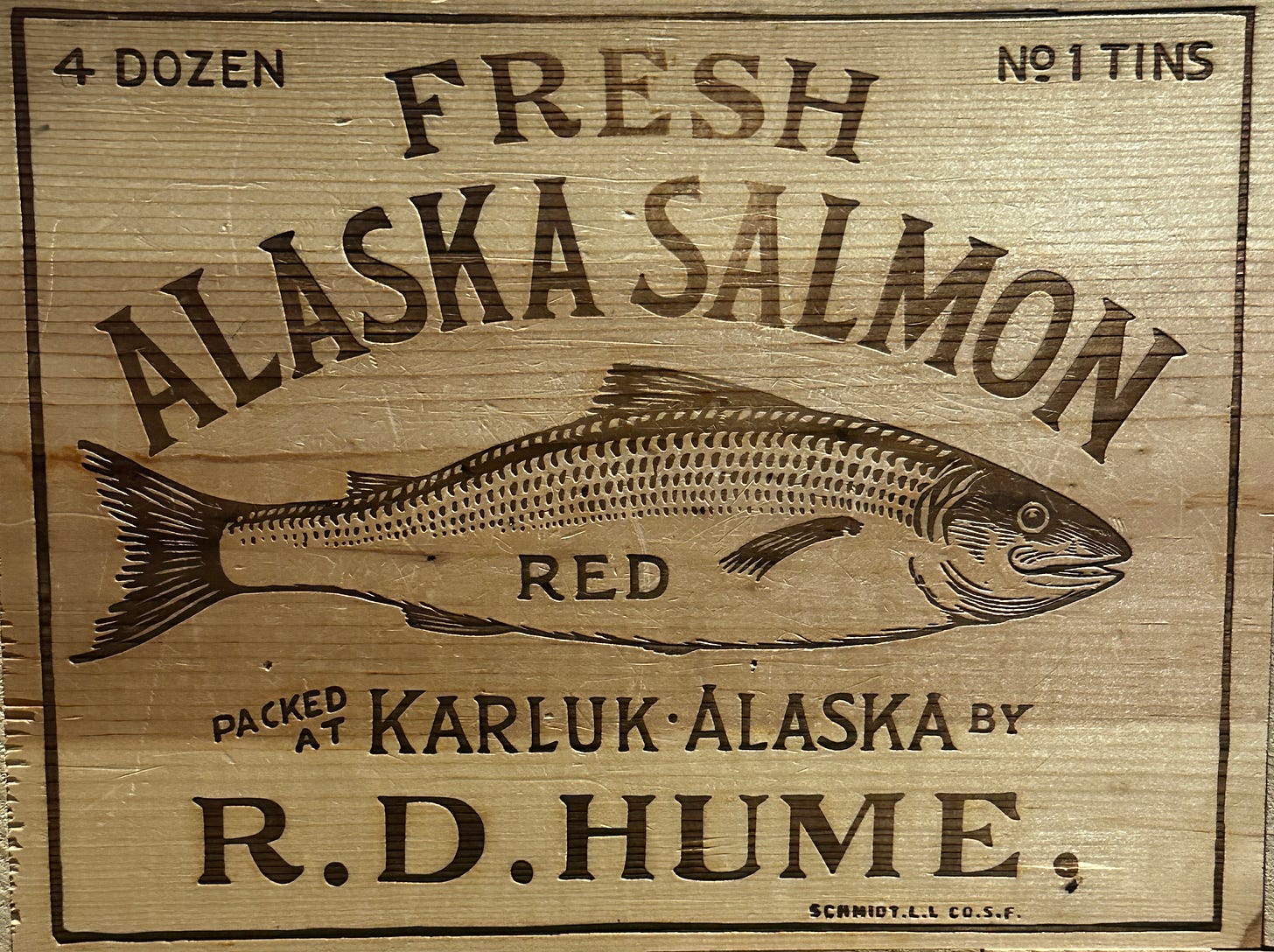
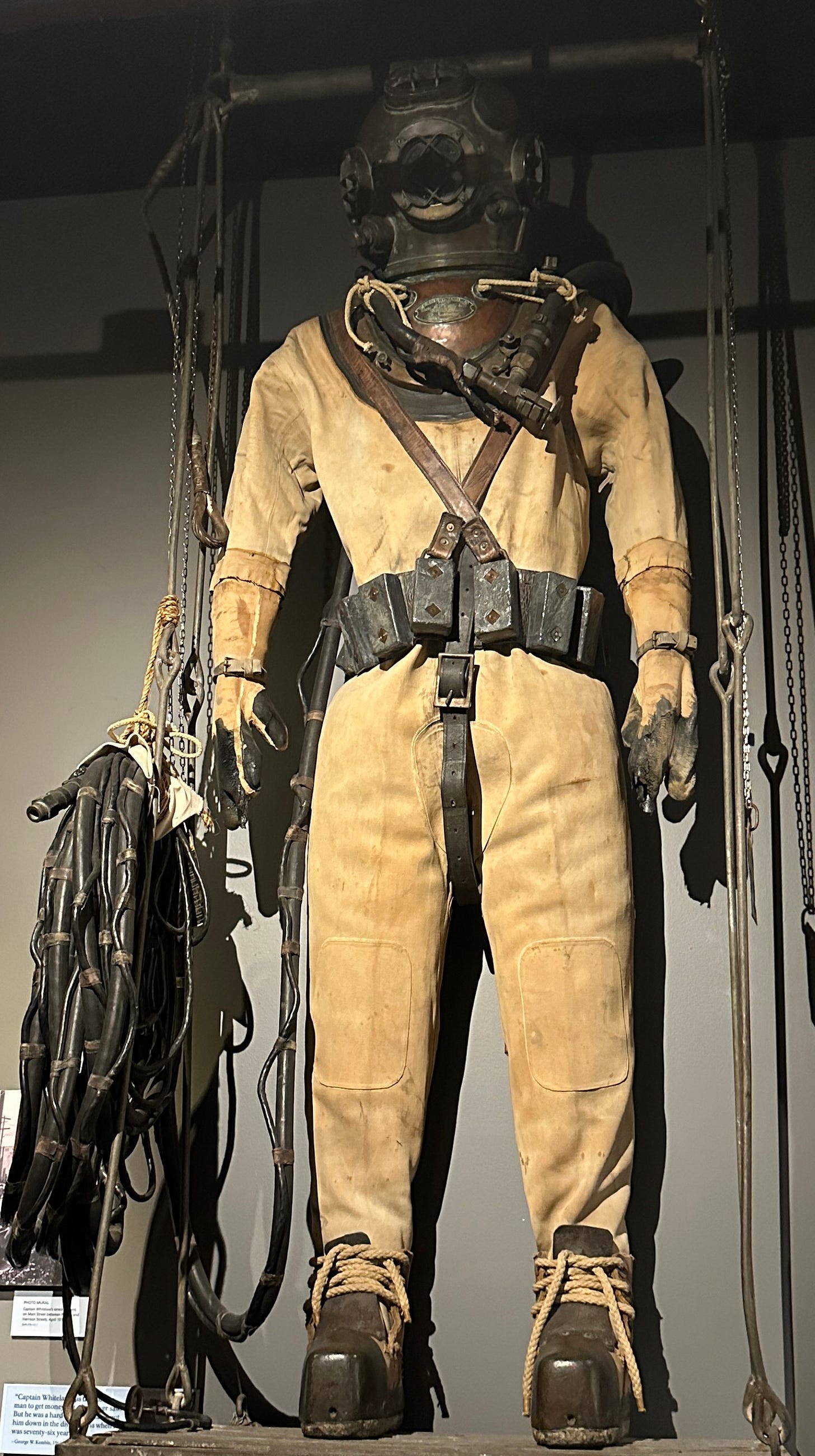


I so enjoy your stories and the history!!
I hope Louie visited these museums. He would have loved them.